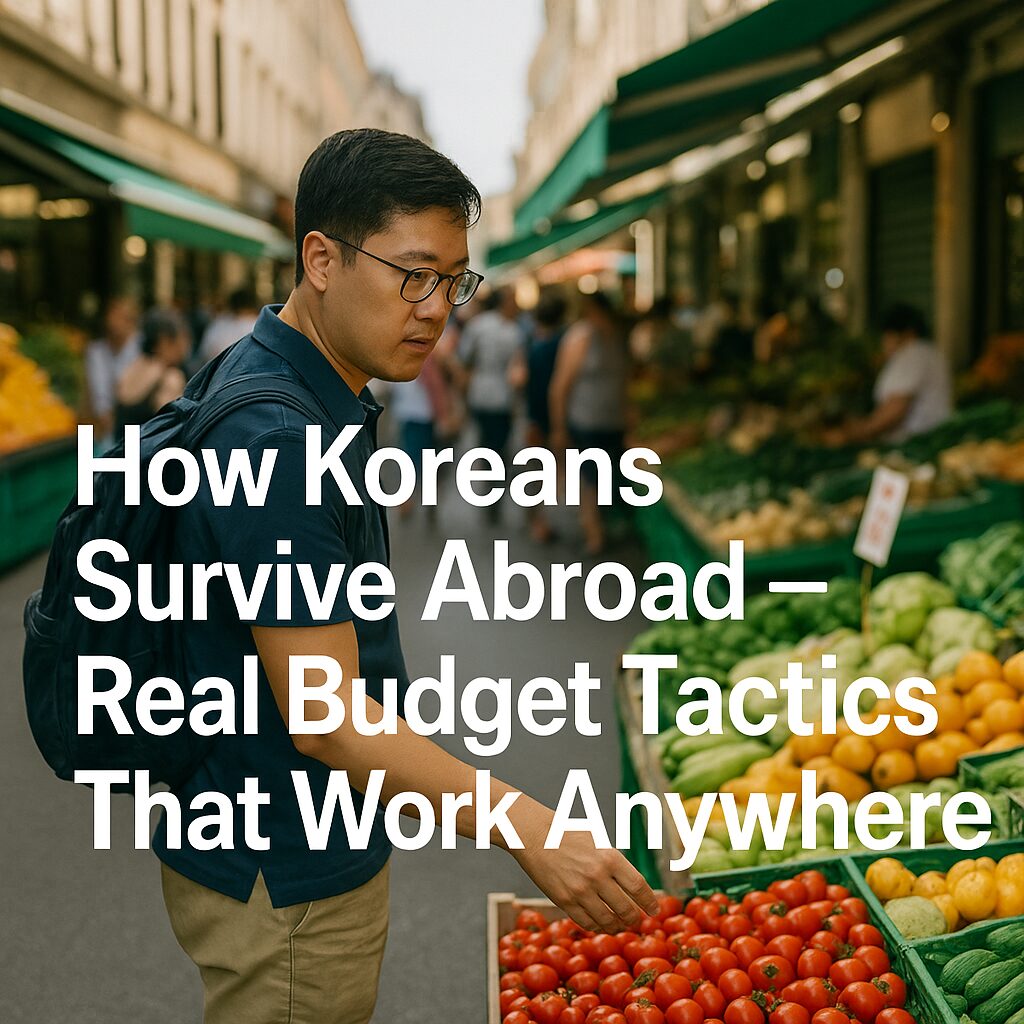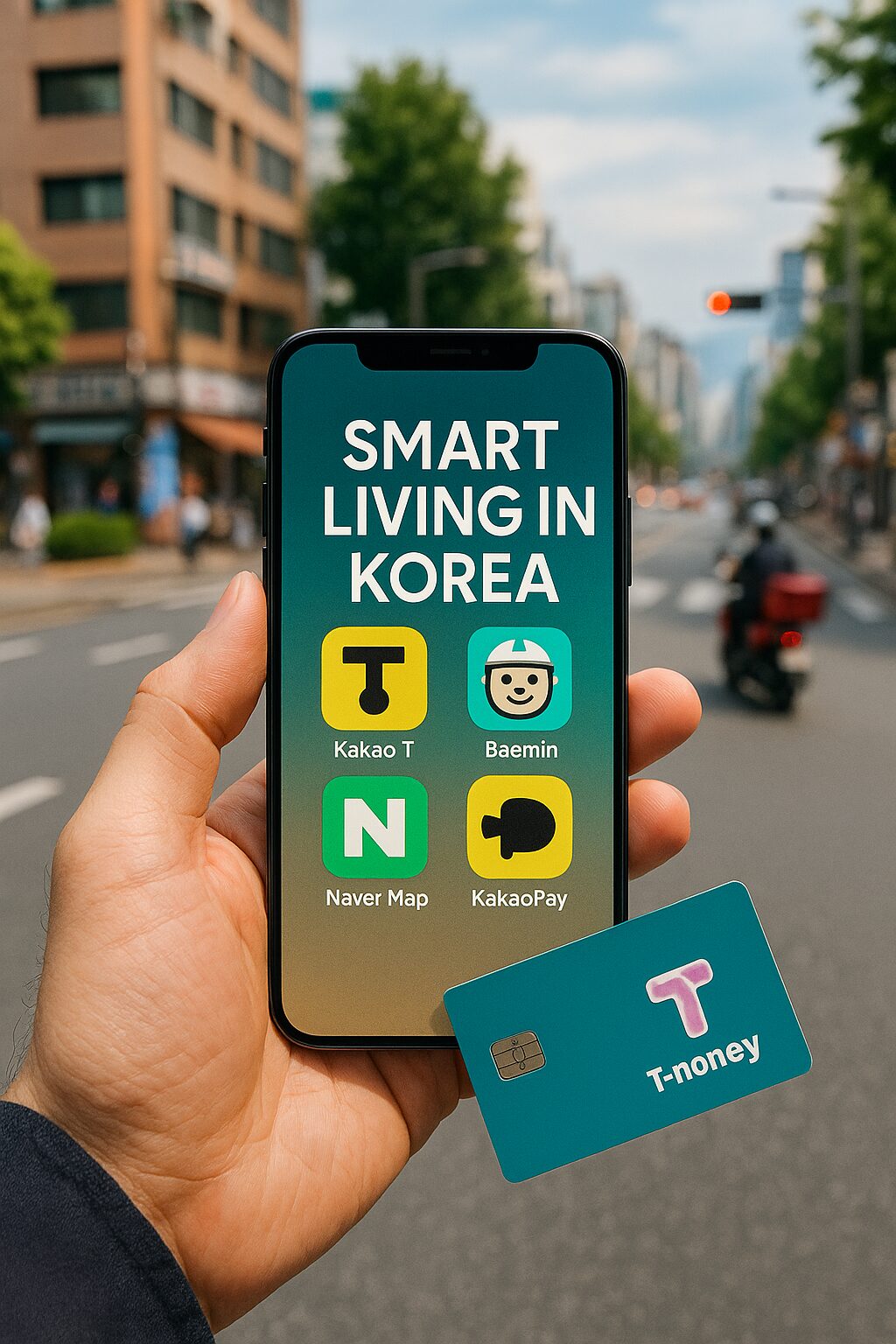A practical guide for expats, travelers, and international health-conscious shoppers
Korea is not just known for its skincare and technology—it’s also a rising star in the world of functional health supplements. From digestive health to beauty boosters, Korean supplements are gaining popularity among foreigners not just for their effectiveness, but also for their affordability, innovative ingredients, and compact packaging.
This guide breaks down the Top 5 Korean supplements that foreigners actually buy and reorder, both online and in Korea. These are real user favorites, not just trendy products.
1. Red Ginseng Extract
Why foreigners buy it:
Korean red ginseng is world-famous for its energy-boosting and immune-enhancing properties. Unlike regular ginseng, red ginseng is steamed and aged, which makes it more potent.
Popular Brands:
- CheongKwanJang
- Ilhwa
- Donginbi
Why they reorder:
- Long shelf life
- Small daily pouch packaging (perfect for travelers)
- Seen as a natural way to fight fatigue and stress
How to buy:
Available at duty-free shops, online (Gmarket, Kmall24), or in Korean pharmacies.
2. Probiotics
Why foreigners buy it:
Many foreign visitors experience digestive issues after eating spicy or fermented Korean food. Korean probiotics are known to be gentle and effective.
Popular Brands:
- BYO (by CJ)
- LactoFit
- Dr. Chung’s
Why they reorder:
- Lightweight stick format (no water needed)
- Variety of strains tailored for immunity, digestion, and women’s health
- Often cheaper than US or European brands
How to buy:
Sold in large pharmacy chains (Olive Young, LOHBs), supermarkets, and online.
3. Collagen Sticks
Why foreigners buy it:
Korea has made collagen both delicious and easy to take. Many women and beauty-conscious consumers love these fruity-flavored stick sachets.
Popular Brands:
- Innerb by CJ
- Newtree Collagen
- BB Lab Collagen
Why they reorder:
- Helps with skin elasticity and joint health
- Tastes like juice, not medicine
- Convenient for daily use—no pills
How to buy:
Easily found in beauty stores, duty-free sections, and health food aisles.
4. Milk Thistle for Liver Health
Why foreigners buy it:
Korean nightlife and heavy meals often lead expats to look for liver detox solutions. Milk thistle is a popular choice for supporting liver function.
Popular Brands:
- Chung Kun Dang
- Nature’s Farm
- Wellife
Why they reorder:
- Perceived improvement in liver enzyme levels
- Often taken after alcohol consumption
- Combined formulas include zinc and B-complex
How to buy:
Found in most pharmacies and online platforms with English product descriptions.
5. Omega-3 + Lutein Eye Health Packs
Why foreigners buy it:
Office workers and digital nomads spend hours in front of screens. Korean combo supplements target eye fatigue and dry eye.
Popular Brands:
- Eyevit by CKD
- GNM Omega + Lutein
- MediHemp
Why they reorder:
- One pack = multiple capsules (Omega-3, Lutein, Vitamin A)
- Improves focus and reduces dry eye symptoms
- Compact monthly boxes perfect for travel
How to buy:
Look for combo packs at health supplement stores or order online from Coupang Global or iHerb Korea.
Buying Tips for Foreigners
- Check for English Labels:
Many Korean brands now offer English instructions on the back. - Watch Out for Dosage:
Korean supplements may have smaller dosages than Western brands, but focus on balance and daily use. - Use Korean Shopping Apps (with English Mode):
Apps like Coupang Global, Gmarket Global, and YesStyle ship worldwide. - Duty-Free = Deals:
If you’re traveling through Incheon Airport, look for bulk packs with discounts.
Summary: Why These Supplements Are Reordered
| Supplement | Why Foreigners Love It |
|---|---|
| Red Ginseng | Energy, immune support, premium feel |
| Probiotics | Easy digestion, travel-friendly |
| Collagen Sticks | Skin health, tasty and convenient |
| Milk Thistle | Liver detox, post-drinking health |
| Eye Health Packs | Blue light protection, multitasker pack |
Related Article:
Want to buy medicine in Korea without a doctor’s note?
👉 Read our practical guide: What You Can Buy Without a Prescription in Korea














